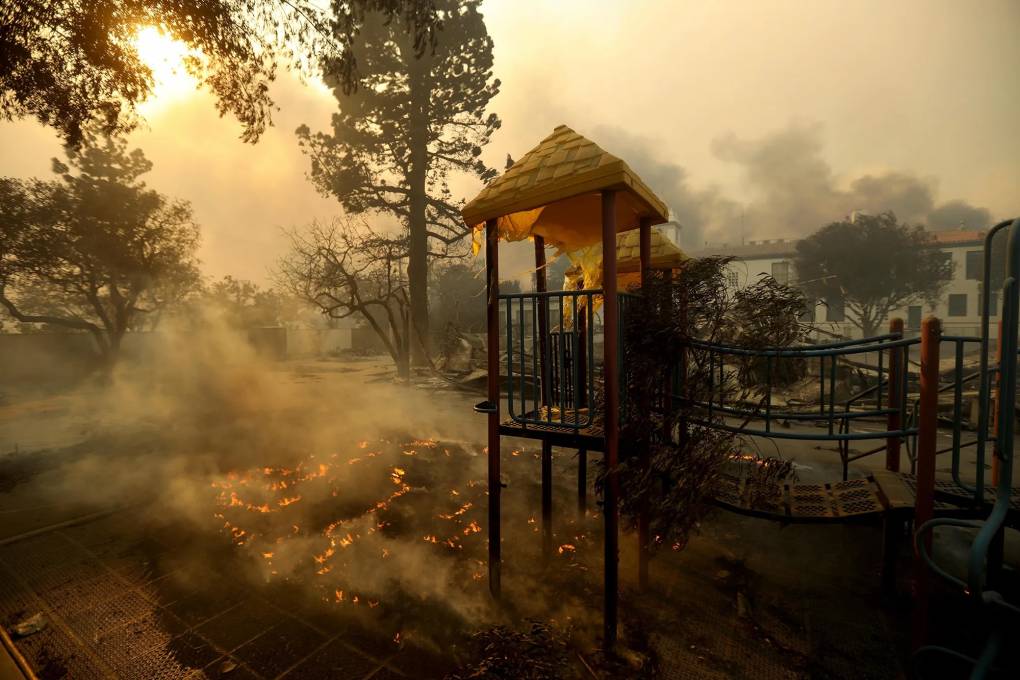PG&E reported on Nov. 9 that the line had experienced an unspecified problem just minutes before a company employee spotted flames in the area.
High winds whipped the fire into an inferno that leaped through dry brush and trees across ridges and canyons into the communities of Paradise, Concow and Magalia. The fire killed 85 people and destroyed nearly 14,000 homes.
Cal Fire released its conclusions about the fire’s origin — which included confirmation of a second origin point adjacent to a PG&E distribution line — in a brief press release.
Cal Fire Deputy Director Mike Mohler said the probe, which involved hundreds of hours of work by agency investigators, “determined there was probable cause that violations of state laws have occurred.”
The full report remains under wraps as the office of Butte County District Attorney Mike Ramsey continues a criminal investigation into PG&E’s role in starting the fire.
Ramsey declined to discuss details of the report in an interview Wednesday.
“It’s pretty clear who the target suspect — the corporation of interest — is,” Ramsey said. “They are answering a number of questions for us, and there are a number of judicial papers that have been served to make sure those questions are fully answered.”
When the criminal investigation was disclosed last month, Ramsey said potential offenses could include violations of Sections 4292 and 4293 of the state’s Public Resources Code, which regulate clearance distances between power lines and surrounding vegetation, up to reckless arson and involuntary manslaughter.
PG&E disclosed last December that crews examining a steel transmission tower at the fire’s origin point discovered a broken attachment hook and a “flash mark” from an apparent electrical arc. The broken hook may have allowed a piece of electrically charged equipment to swing free and come close enough to the tower to arc, providing the spark that ignited the blaze.



